This website uses cookies
This website uses cookies to enable it to function properly and to analyse how the website is used. Please click 'Close' to accept and continue using the website.


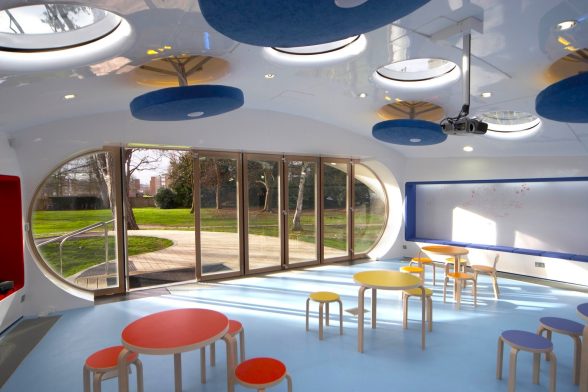
Image credit: Andrew Holt
As the architecture world gears up for the announcement of the RIBA Stirling Prize, the race is on to save a space-age school classroom pod, inspired by a famous previous winner of the prestigious award.
The Ingenium Classroom Pod at Grey Court Secondary School in Ham, Richmond-upon-Thames, was designed in 2004 by the avant-garde architects Future Systems. It’s been described as a ‘B-movie alien spaceship’ and an ‘oversized iPod’, but what was once heralded as Britain’s most unique and futuristic school classroom is now facing demolition. Following a tip-off from local architects McDaniel Woolf, C20 is now urgently seeking a new home for the structure.
Taking cues from the practice’s iconic Media Centre at Lord’s Cricket Ground – winner of the Stirling Prize in 1999 – this miniature version shares the same supernova-white shiny shell, porthole skylights and panoramic glazed frontage, infamously dubbed ‘Cherie Blair’s mouth’ on the larger Media Centre.
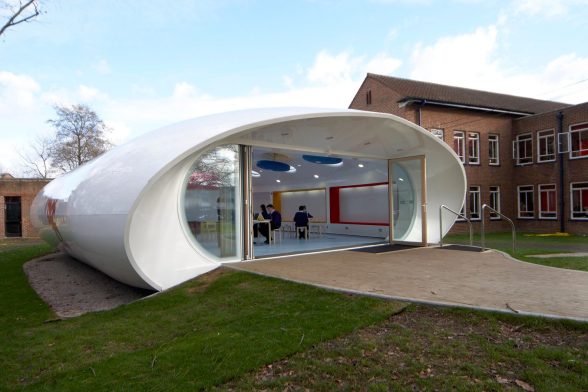
Over recent years, the school has seen a significant increase in pupil numbers – from around 500 to 1,600 pupils – meaning the 10m x 16m pod must make way to construct a new, larger classroom block. Given its young age the structure is unlikely to be eligible for nation listing, so the Society is issuing a call-out for any interested parties who may be able to relocate and reuse the pod. The school has a tight timeframe, needing it to be removed by the end of this school term (Friday 20th December) prior to works commencing on the replacement block.
The pod was built as a pilot project for the ‘World Classrooms of the Future’ programme in 2003-04, funded by the Department for Education during the New Labour government. Each classroom was designed by a different architect to fulfil the specific school’s immediate needs, the resulting architectural zoo acting as a symbol for the future of education in Britain. Other practices involved in the programme included Studio E, Sergison Bates, and Sarah Wigglesworth
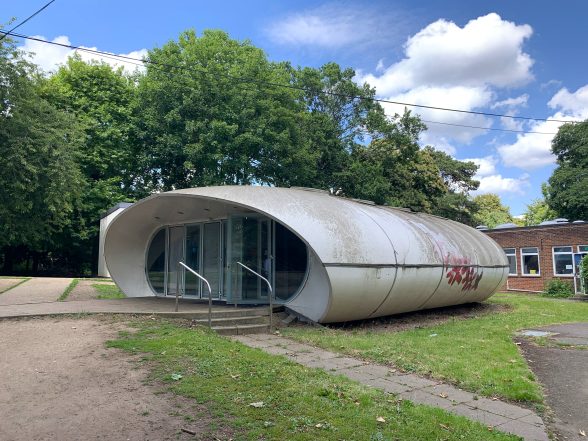
Image credit: C20 Society
‘We need to try new ideas’
The brief was to provide a better environment for teaching and learning, by diverting some of the funds that were then going into modernising and renewing older school building stock, to invest in exemplary new facilities fit for the future. A DfE presentation from the time stated that ‘We need to look at ways of designing inspiring school buildings that can adapt to educational and technological change. The lessons learned from the pilots will be absorbed into new [DfE] design guidance’, and more bluntly that ‘we need to try out new ideas now’.
The 100sqm freestanding Ingenium pod classroom was prefabricated from modular GRP (Glass Reinforced Plastic) components using semi-monocoque boat-building technology, and was designed to be dismantlable and relocatable. Decals of drawings by the school children themselves decorate the rear of the exterior shell, while built-in seating and digital white-boards internally left a large open space for up to 30 people. The use of suspended circular acoustic discs, integrated with the high-level natural ventilation openings, ensured that the appropriate acoustic environment was achieved. The unit is also equipped with a self-contained toilet, cloakroom and services area.
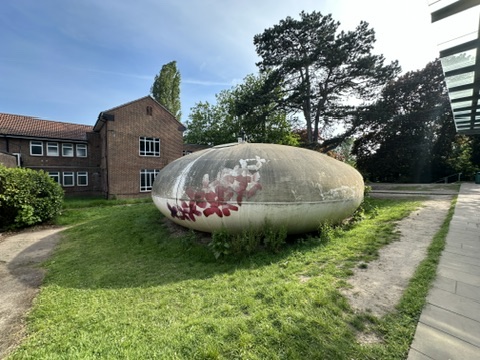
Image credit: C20 Society
Future Systems
Future Systems was an innovative London-based architectural and design practice, founded in 1979 and led by Jan Kaplický and Amanda Levete. In addition to their RIBA Stirling Prize winning Lord’s Media Centre, Future Systems is perhaps best known for the Selfridges Birmingham store (2003) in the city’s Bullring shopping centre, clad with 15,000 anodised aluminium discs, said to have been inspired by a Paco Rabanne dress.
Their curvaceous and highly original buildings have been characterised as ‘blobitecture’ movement; organic and aerodynamic shapes in built-form, made possible through the advent of computer-aided-design in architecture.Future Systems dissolved in 2009 following Kaplický’s death, with Levete going on to found her own successful practice, AL_A.
Oli Marshall, Campaigns Director at the Twentieth Century Society commented:
“Sports pavilion? Ice-cream parlour? Park café? Art gallery? Tourist info centre? With a little imagination, there’s ample re-use potential for this miniature modern classic.”
“Future Systems were one of the true ‘starchitect’ practices of the 90s and 00s yet had relatively few built-projects, so this is an exceedingly rare opportunity to acquire an original. But prospective new owners will need to move fast: the end of term signals the end of the road for this particular pod. Are you the right organisation or individual to give it a second chance? Get in touch!”
Interested parties should contact coordinator@c20society.org.uk for more information. Serious enquiries only.
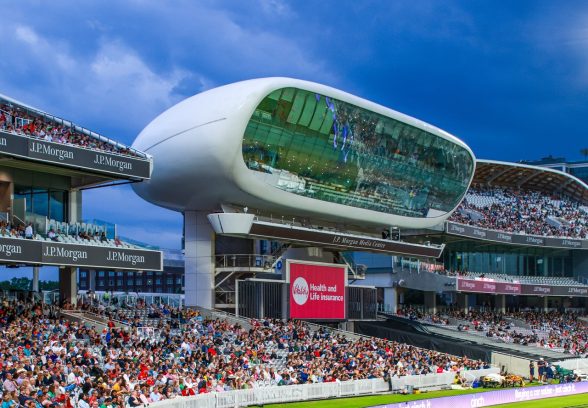
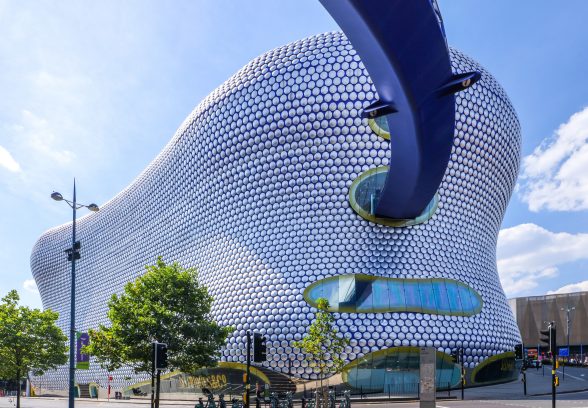
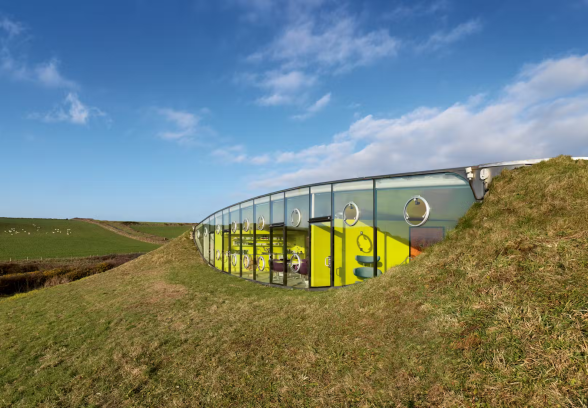

Become a C20 member today and help save our modern design heritage.